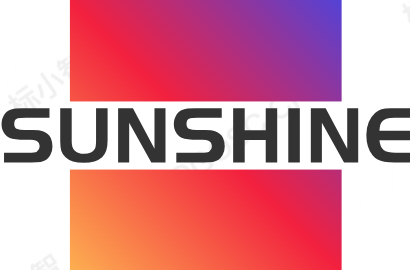Comprehensive Analysis Report on the Current Situation and Future Trends of Thailand’s Decoration Market (2025)
Executive Summary
Thailand’s decoration market is undergoing a dynamic transformation, driven by sustainability demands, smart home integration, and a revival of traditional craftsmanship. In 2025, the market is projected to reach $3.2 billion USD, growing at a CAGR of 6.8% (2023–2025). Key trends include eco-conscious materials, hybrid Thai-global aesthetics, and AI-driven design personalization.
1. Current Market Overview (2023–2024)
Market Size & Segmentation
- Residential Sector (55% share): Urban condos & luxury villas dominate.
- Commercial Sector (30%): Hotels, co-working spaces, and retail interiors.
- Institutional (15%): Government projects (e.g., smart temples, eco-schools).
Key Players
| Segment | Leading Companies |
|---|---|
| Luxury Design | P49 Deesign, DWP, AB Concept |
| Mid-Range | Index Living Mall, SB Design Square |
| Eco-Materials | Plantera, Moreloop, Qualy Design |
| Smart Tech | SCG Smart Living, AIS Smart Home |
Consumer Preferences
- Top 5 Demands:
- Sustainable materials (bamboo, recycled plastics).
- Smart home readiness (IoT-integrated furniture).
- Thai heritage motifs (modernized Kranok patterns).
- Multifunctional spaces (condo-friendly transformable decor).
- Wellness-focused design (air-purifying paints, biophilic elements).
2. Emerging Trends (2025)
A. Sustainable & Circular Design
- Innovations:
- Hempcrete walls replacing concrete.
- Algae-based dyes for textiles (reducing chemical waste).
- “Zero-Waste Craft”: Offcut wood/ceramics repurposed into decor.
- Regulation Impact: New Thai Green Building Code mandates 30% recycled materials in commercial projects.
B. Smart & AI-Driven Decor
- Tech Integration:
- Voice-activated traditional lanterns (Google Home-compatible).
- AR apps for virtual Thai mural installations (e.g., “Wallara Thai” app).
- Market Growth: Smart decor segment to grow 12% annually (2024–2026).
C. Neo-Traditional Aesthetics
- Trend: Fusion of Lanna + Cyberpunk (e.g., gold-leaf NFTs as wall art).
- Popular Items:
- 3D-printed temple carvings.
- Conductive silk cushions (with health-monitoring sensors).
D. Experiential Commercial Spaces
- Examples:
- Cafés with “Instagrammable” Thai fishing net ceilings.
- Hotels using scented decor (lemongrass-infused walls).
3. Challenges
| Issue | Solution |
|---|---|
| High cost of eco-materials | Govt. subsidies for local suppliers |
| Skilled labor shortage | VR training for artisans |
| Fast-fashion imitation | Blockchain authentication for crafts |
4. Future Outlook (2025–2030)
- Growth Areas:
- Biodegradable smart materials (e.g., self-healing rattan).
- Hyper-personalization: AI algorithms suggesting decor based on user behavior.
- Market Projections:
- $4.1 billion USD by 2027 (driven by tourism and expat demand).
- Chiang Mai as Asia’s “Eco-Design Hub” (30+ sustainable startups).
5. Strategic Recommendations
For Businesses:
- Partner with Thai craft NGOs (e.g., Doi Tung) for authentic sourcing.
- Invest in modular furniture for compact urban living.
For Consumers:
- Prioritize dual-certified (LEED + Thai Green Label) products.
- Explore local marketplaces (Chatuchak, Etsy Thai artisans).
For Policymakers:
- Tax incentives for upcycled material R&D.
- “Craft Tech” incubators to merge tradition with AI.
Final Thought: Thailand’s decoration market is balancing heritage preservation and futuristic innovation, creating a globally influential design language.
Need a customized market analysis? Specify your sector (e.g., hospitality, residential) for tailored insights!
This article is from a submission and does not representThailand Interior Decoration _ House Interior Decoration _ Decoration Design Company-Sunny Cottageposition,If reproduced, please indicate the source:https://www.decorationbydiana.com/21820/
